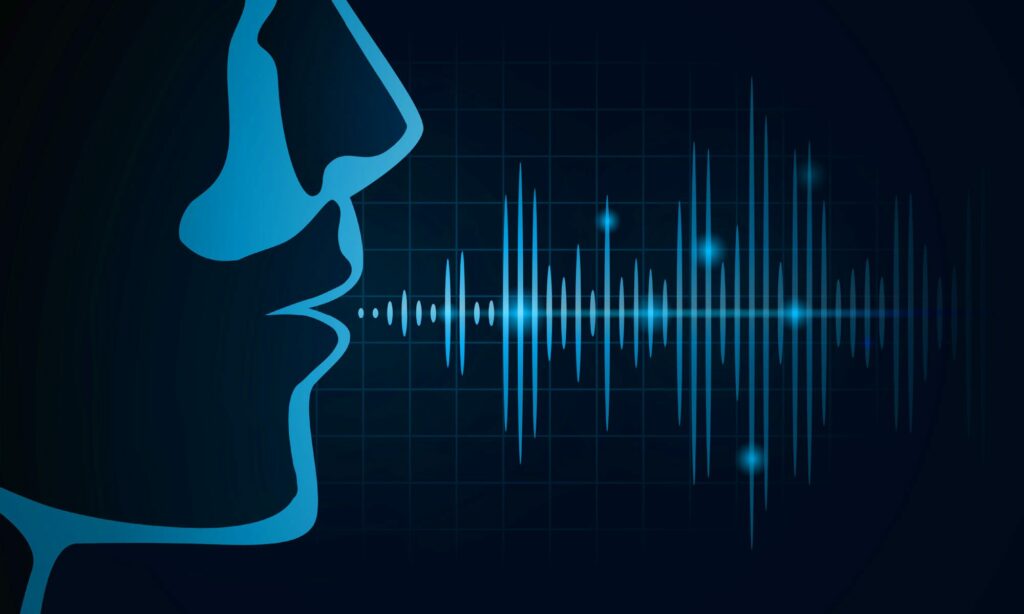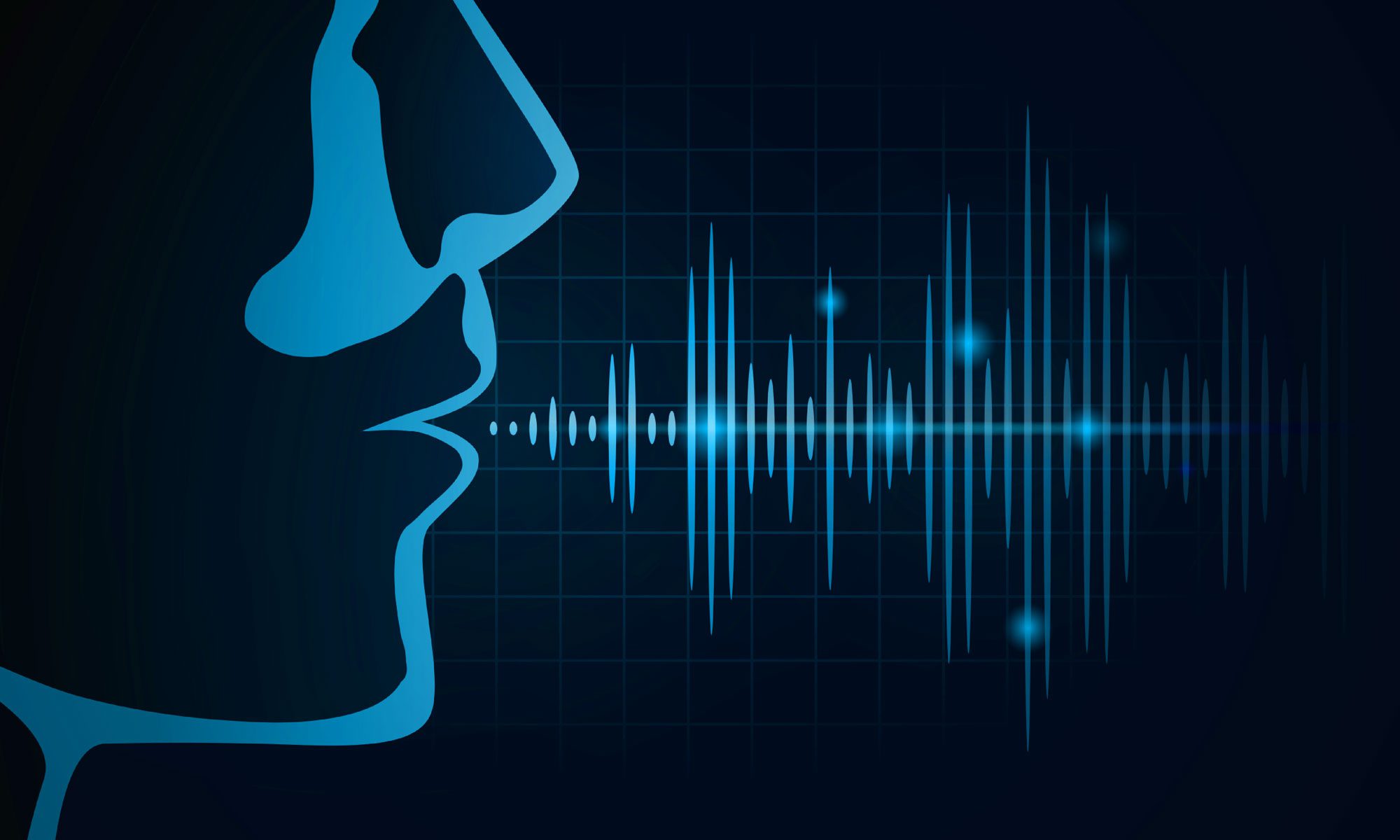
Living with a chronic respiratory disease (CRD) is challenging and can be frightening; sufferers often struggle with something we take for granted, the very act of breathing. According to the World Health Organization (WHO), CRDs are a leading cause of death. Lung conditions are on the increase too; from 1990 to 2017, WHO found the number of CRD cases increased by 39.5%.
Many diseases, including COVID-19, have lung involvement. Curie AI, a spin-out from SRI International, has developed a technology from SRI’s artificial intelligence (AI) expertise that can recognize and analyze signals in people living with chronic respiratory diseases including COVID-19.
The story behind Curie AI
Curie AI originates from technologies developed by SRI’s STAR Lab, including Machine Learning and Natural Language Processing (NLP), subsets of Artificial Intelligence (AI). The project aim was the enablement of independent living for older adults.
The project gave STAR Lab the opportunity to specifically verify the portability of its audio classification technology — previously applied mostly on speech — to other non-speech events.
“Most of our research has focused on the characterization of speech, for example identifying speaker and language or detecting words,” said STAR Lab Director, Dimitra Vergyri. “This was one of the few cases that we were looking for medically relevant information to be extracted from non-speech sounds.”
Since their incorporation in 2017, Curie AI has independently filed for 14 patents under the umbrella of “intelligent health monitoring”, advancing the scope of the technology and its capabilities for full-fledged respiratory health monitoring.
Innovative AI framework and a large proprietary database achieve high accuracy
Continuous inference of breathing patterns in terms of a variety of digital biomarkers of respiratory health is an extremely complex AI problem. The AI system must be able to handle the variability from both device and room acoustics including noise and detect respiratory health biomarkers with very high accuracy and reject everything else (high sensitivity and specificity). The Curie AI system uses a novel multi-stage architecture, custom signal analysis modules, and an ensemble of deep learning models (a combination of models use din parallel and in series). Accuracy in determination is extremely important in medical diagnosis. Curie AI consistently achieved >98% accuracy on both sensitivity and specificity over a wide range of complex test scenarios.
The AI system was trained using more than one million hours of data. This proprietary database provided over 16 million annotated symptoms covering 18 different biomarkers. These biomarkers – different types of cough, sneeze, heavy-breathing, wheezing, shortness-of-breath, grunt-exhale, etc – can be combined with other vital signs to provide deep insight into patient health, indicating the level of respiratory distress.
An extensive range of hardware and acoustic variabilities across a variety of environments and patient settings was captured in the database. The data also covered a broad range of conditions collected from several thousand patients including, COPD, Asthma, Pneumonia, Bronchitis, Tuberculosis, Cystic Fibrosis, Pulmonary Fibrosis, Heart Failure (CHF), Sleep Apnea (OSA), and COVID-19.
Personalized insights for unique respiratory conditions
Constant supervision is often needed to assess a patient. In many cases, this is not always practicable or achievable. The Curie AI platform works passively to provide continuous monitoring of a patient’s breathing patterns, captured using standard audio sensors. However, active monitoring of patients is also supported.
When a physician listens to breathing patterns, they are looking for a variety of symptoms that offer an insight into a chronic respiratory condition. In the case of conditions like COPD, Asthma, or COVID-19, the type of cough, wheezing, persistence of cough, shortness of breath, and so on, offers an insight into the severity and progression of the disease.
Each assessment is personalized, allowing Curie AI to deliver actionable insights directly to physicians on the disease state severity, condition progression, and early detection of any deterioration in the condition. These insights allow medical teams to make proactive interventions, provide diagnostics, look at treatment efficacy, and provide more personalized medicine.
Real life positive patient outcomes using Curie AI
In real-life patient situations, Curie AI is showing enormous benefits. The data and analysis that Curie AI shares with clinicians offer insights to focus effective treatment options. An example was a patient with vitals obtained using standard methods, showing no need for additional care. When Curie AI was assigned to the patient, a report identified the patient as deteriorating rapidly. This prompted a change of treatment, the patient was placed on an experimental plasma non-transplant treatment. Within four days, post-treatment, the patient was discharged.
Curie AI has also been applied to COVID-19. Navya Davuluri, Founder and CEO of Cure AI states:
“…the pandemic has presented unique opportunities for Curie AI…from this, we expect to see physicians learning about patients’ health in a proactive manner, as opposed to only reacting to conditions or symptoms. At Curie AI we want to enable exceptional standards of care.”
Take Curie with you
Curie AI has entered a world where chronic respiratory conditions cause poor life quality and shorten the lives of sufferers. In 8-months during a rollout of Curie AI to 100 patients with severe asthma, there was a 90% reduction in ER visits. Curie AI is being put to effective use in treating COVID-19 patients at the San Carlos Apache Healthcare Corporation — the system being highly accessible on smartphones and tablet devices. This combination of a system that is easy to implement and use, along with powerful AI-enabled data analytics, focusing on respiratory diseases, is giving hope to both patients and physicians in dealing with complex and life-threatening illnesses.



